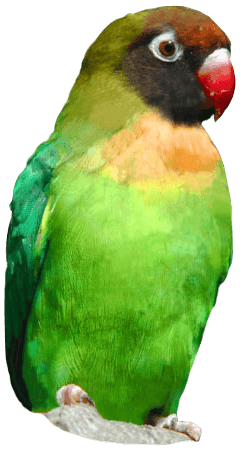
Drusillas Get Ready for Annual Stock Take
Keepers at Drusillas Park in East Sussex are getting ready to carry out one of the biggest jobs of the zoo calendar – counting each and every animal for the New Year stock take.
Of course the zoo team are fully aware of how many residents they have in their care. However, the annual stock take provides an opportunity to ensure that all the animal records are up to date and accurate in compliance with zoo legislation.
There’s no doubt it’s been a busy year at the Park with lots of new arrivals. Notable breeding successes have included the birth of twin red pandas in June – the first of their kind to be born at the zoo. A beautiful lar gibbon baby also arrived as well as three bouncing baby beavers. Plus the pitter patter of tiny paws was also heard at the snowy owls, saki monkeys, lovebirds, kookaburras and lemurs.
In addition to this there have also been several introductions. In October a female golden lion tamarin arrived from Duisburg Zoo in Germany to be paired with Paulo as part of the International breeding programme. Likewise female Linne’s two toed sloth Sidone was also rehomed to Drusillas in January to be introduced to Sof. A new breeding group of meerkats also arrived and there were changes at the lemurs, fennec foxes and turacos too.
Each of these animals must have their own record card, holding details of parentage and other important information and the keepers will be taking particular care to ensure all their details have been recorded correctly.
With approximately 1000 individual animals made up of over 100 different species the process can take several days.
Drusillas have an excellent track record with this process and have been recognised many times for their high level of data accuracy. However, counting some of the smaller creatures also takes a great deal of patience and plenty of double-checking.
Head Keeper, Mark Kenward will be overseeing the task and certainly has his work cut out.
Mark commented: “We obviously carry out checks throughout the year but the annual stock take is a chance to ensure all our records marry up with our populations; an opportunity to dot the I’s and cross the t’s.”
“With our larger species the actual counting itself is straightforward and can be done quickly and simply. However, it is easy to lose track when it comes to many of our insects and birds; the rainbow lorikeets are particularly problematic as they look identical and are constantly on the move. It can be a real struggle to reach the same number twice!”




